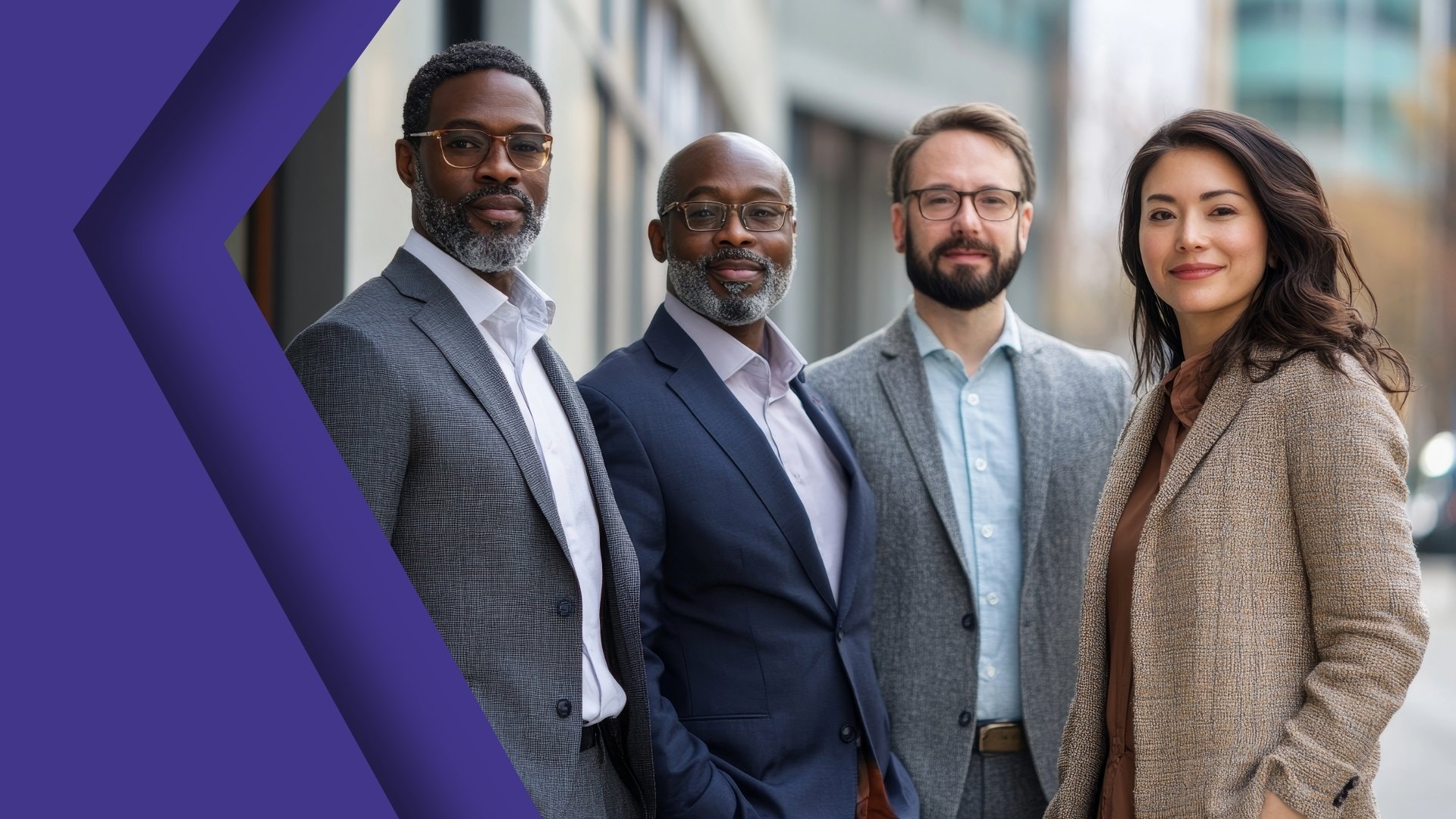Best Casa Grande Patent Attorneys
in 2026 
|
Wayne Carroll Inspired Idea Solutions |
Call Today 480-680-9275 |
View Profile |

|
Austin Gwynn Inspired Idea Solutions |
Call Today 480-680-9275 |
View Profile |
Our Selection Process
Attorney at Law Magazine seeks to provide consumers with a go-to list of top attorneys for their legal needs. To that end, we require all listed attorneys meet the following qualifications. The attorney must have an active license to practice law in all the states in which they are listed; the attorney must have no history of disciplinary action or criminal history; the attorney must have a minimum of five years in the practice of law; and the attorney must have a minimum of a 4+ star consumer rating. Each listing provides an at-a-glance look at some of the attorney’s top cases as well as some of the other attributes that distinguish them from their peers. If you believe any attorney listed does not meet these qualifications, please notify us via email at [email protected].
Recommendations While You Wait to Connect to an Attorney
- Conduct a Thorough Search for Existing Patents: Before meeting with a Casa Grande patent attorney, it’s beneficial to conduct a preliminary patent search. Use the United States Patent and Trademark Office (USPTO) database or other online resources to look for similar patents. Identifying existing patents can help you determine whether your invention is novel and highlight potential challenges.
- Document Your Invention in Detail: Prepare detailed documentation of your invention, including sketches, diagrams, prototypes, and descriptions of how it works. Clearly explain the problem your invention solves, how it differs from existing solutions, and any unique features. This information will help your patent lawyer assess the strength of your patent application.
- Keep a Record of Development and Improvements: Maintain a journal that tracks the progress of your invention. Document any modifications, improvements, or test results over time. These records can serve as valuable evidence in proving the originality and development process of your invention.
- Consider Your Patent Goals and Strategy: Determine your long-term goals for your invention. Do you want to license it to other companies, manufacture and sell it yourself, or secure international patent protection. Having a clear vision will help your patent lawyer develop a strategy that aligns with your objectives.
- Research Potential Competitors: Identify companies or products that may compete with your invention. Understanding your competition can help you and your attorney anticipate challenges during the patent application process and develop a stronger case for why your invention deserves protection.
- Understand Different Types of Patents: Familiarize yourself with the various types of patents available, including utility, design, and plant patents. Knowing which type of protection your invention requires will make it easier for your attorney to tailor the application to meet your needs.
- Prepare a List of Questions for the Attorney: Write down any questions or concerns you have about the patent process, costs, timeline, and potential challenges. This ensures that you make the most of your initial consultation and gather all the necessary information.
- Explore Provisional Patent Options: If you’re concerned about protecting your invention before meeting with an attorney, consider filing a provisional patent application. This gives you a one-year period to secure the “patent pending” status while you prepare a full application with your attorney.
Frequently Asked Questions
- How Is a Patent Attorney Different from a Patent Agent?
A patent attorney is a licensed lawyer who has passed the Patent Bar Examination and is authorized to represent clients before the USPTO. They can provide legal advice, draft contracts, and represent clients in court. A patent agent, on the other hand, is also qualified to prepare and file patent applications but cannot offer legal advice or represent clients in litigation.
- When Should I Hire a Patent Attorney?
You should hire a patent lawyer as soon as you have a fully developed idea or prototype that you want to protect. Early involvement of an attorney can help you avoid potential pitfalls, conduct a comprehensive patent search, and develop a strong application that maximizes your chances of securing patent protection.
- How Do I Know If My Invention Qualifies for a Patent?
To qualify for a patent, your invention must be novel, non-obvious, and useful. A Casa Grande patent attorney can conduct a thorough patent search to determine if similar inventions already exist. If your invention meets these criteria and provides a new or improved solution to a problem, you likely have a strong case for obtaining a patent.
- How Long Does the Patent Application Process Take?
The patent application process can take anywhere from 18 months to several years, depending on the complexity of the invention and the backlog at the USPTO. Working with a skilled Casa Grande patent attorney can help streamline the process and reduce the likelihood of delays due to incomplete or inaccurate applications.
- Can a Patent Attorney Help If My Application Is Denied?
Yes, if your patent application is denied or receives an office action from the USPTO, a seasoned Casa Grande patent lawyer can help you respond to objections, provide additional evidence, and amend your application to increase your chances of approval. They can also represent you in appeals or other legal actions if necessary.
- What Happens After I Get My Patent?
Once your patent is granted, you have the exclusive right to make, use, and sell your invention for a specified period—usually 20 years for utility patents. A patent attorney can help you enforce your patent rights if another party infringes on them and assist with licensing or selling your patent.
- Do I Need an Attorney for International Patent Protection?
Securing international patent protection is a complicated process that involves filing applications in multiple countries. A patent lawyer can guide you through the Patent Cooperation Treaty (PCT) process and help you file applications in jurisdictions where you seek protection.
